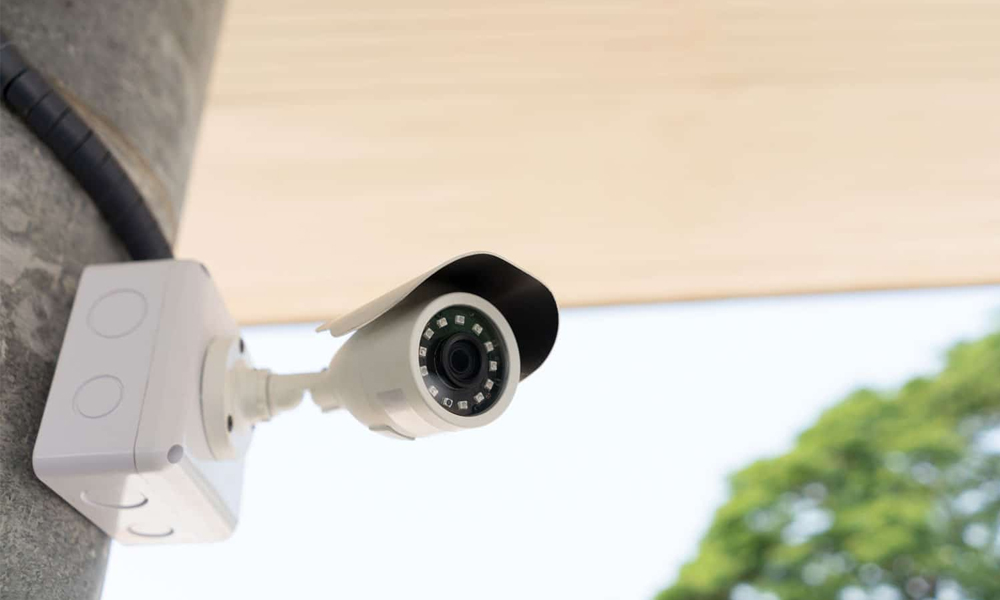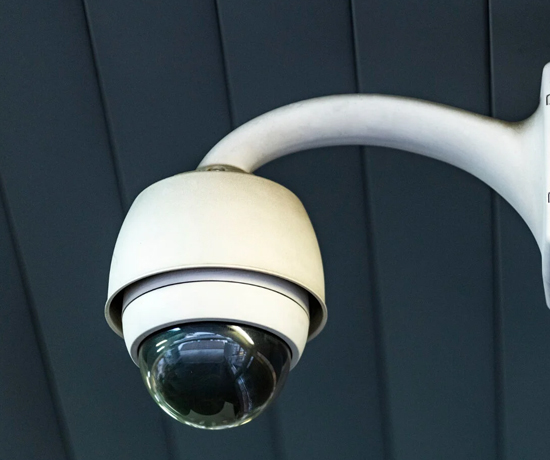Analog CCTV camera
Analog CCTV camera system
An Analog CCTV camera system is a traditional closed-circuit television (CCTV) setup that uses Analog cameras to capture video footage and transmit it to a recording device, such as a Digital Video Recorder (DVR). This system is primarily used for security and surveillance purposes in various settings, like homes, businesses, and public areas.
Key Components of an Analog CCTV System:
1. Analog Cameras:
- These cameras capture video in an Analog format. They transmit continuous video signals through coaxial cables.
- They may come in different types (e.g., dome cameras, bullet cameras, PTZ cameras).
2. Cabling:
- Coaxial cables (often RG59) are used to connect the cameras to the DVR. These cables transmit the video signals from the camera to the recording device.
- Some systems may use twisted-pair cables (for long distances), though coaxial is the more common choice.
3. DVR (Digital Video Recorder):
- The DVR is responsible for recording and storing the footage captured by the cameras. It converts the Analog video signal into a digital format for storage and playback.
- DVRs also allow for managing camera feeds, configuring system settings, and accessing video footage remotely or on-site.
5. Monitors or Viewing Devices:
- The live feed and recorded footage can be accessed via a computer, mobile device, or dedicated monitor.
4. Monitor:
- A monitor (either analog or digital) is used to view live feeds from the cameras. It can be connected to the DVR to display the footage in real time.
5. Power Supply:
- Cameras need to be powered, and power supplies (either individual or centralized) are used to provide the necessary electricity to each camera.
- In some cases, Power over Coax (PoC) systems allow for the transmission of both power and video over a single coaxial cable.
Disadvantages:
Lower resolution: Compared to digital systems (like IP cameras), Analog cameras usually offer lower video resolution, often limited to 720p or less.
Limited scalability: Analog systems are typically not as flexible as IP-based systems when it comes to expanding or integrating with other security solutions.
Distance limitations: The quality of the video signal degrades over longer cable lengths, especially for high-definition video.
Modern Transition:
While Analog CCTV systems are still in use, many users are transitioning to IP camera systems due to their higher resolution, better scalability, and enhanced features like remote access and cloud storage. However, Analog CCTV remains a popular choice for budget-conscious installations or where high-definition video isn't a primary concern.
 WhatsApp
WhatsApp

